Description
The Art of Photography
Photography is more than capturing an image; it is the art of freezing a moment in time, transforming reality into a story, and turning everyday scenes into works of art. Often described as painting with light, photographic art allows us to see the world through the eyes of the artist, revealing beauty, emotion, and meaning in even the simplest details.
The Essence of Photographic Art
At its core, photography is about perspective. Two people may look at the same subject, but the way a photographer frames it, chooses the light, or captures the moment can tell a completely different story. A photograph can preserve memory, evoke emotion, and spark imagination. It is not just a technical skill but also a form of creative expression that connects the artist to the viewer.
Photographic art goes beyond documentation. While a casual snapshot records what is in front of the camera, an artistic photograph interprets it, adding layers of mood, symbolism, and style. The play of shadows, the balance of composition, and the use of colors or black-and-white tones all contribute to creating something timeless and meaningful.
History and Evolution
The journey of photography began in the 19th century, when pioneers like Louis Daguerre and William Henry Fox Talbot invented processes that allowed images to be captured on metal plates and paper. Over time, photography evolved from a scientific discovery into an art form embraced by painters, writers, and visionaries.
In the early 20th century, photographers such as Ansel Adams elevated the medium by capturing landscapes with breathtaking detail and emotional depth. Others, like Henri Cartier-Bresson, perfected the concept of the decisive moment—waiting for that perfect split second that tells an entire story. From black-and-white film to digital photography today, the essence has remained the same: using light and perspective to create art.
Elements of Photographic Art
Creating photographic art involves more than pressing a button. The artist must understand and manipulate elements such as:
-
Composition – How subjects are arranged within the frame determines balance, focus, and flow.
-
Lighting – Natural or artificial light sets mood, highlights emotion, and adds dimension.
-
Color & Tone – Bright hues can bring energy, while monochrome adds drama and timelessness.
-
Perspective & Angle – Changing the point of view transforms the way a subject is perceived.
-
Timing – Often, waiting for the right moment—like a fleeting expression or a perfect sunset—makes the difference between a simple photo and an unforgettable piece of art.
Each of these elements allows photographers to shape reality and give their work a voice that speaks universally.
Symbolism and Emotion
Great photographic art does not just show—it makes you feel. A portrait can reveal vulnerability, strength, or intimacy. A landscape can awaken awe, peace, or nostalgia. Street photography can freeze life’s fleeting, raw, and unscripted moments. Even abstract photography can stir curiosity and imagination, inviting viewers to interpret meaning in shapes, textures, and light.
Photography, in many ways, is storytelling without words. It condenses entire narratives into single frames, where the silence speaks louder than words.
Photography in the Modern World
Today, photography has become one of the most accessible forms of art, thanks to digital cameras and smartphones. Yet, what separates true photographic art from casual images is intention and vision. Artistic photographers use their craft to challenge perspectives, raise awareness, and evoke emotions.
In modern décor, photographic prints have gained popularity as wall art, bringing atmosphere and personality into living spaces. A striking black-and-white cityscape, a serene seascape, or a vibrant cultural portrait can transform a room, making photographic art both aesthetic and meaningful.
Photography has also expanded into experimental forms, blending with technology through digital manipulation, mixed media, and AI-enhanced creativity. This evolution shows that photography, while rooted in tradition, remains dynamic and ever-expanding as an art form.
A Universal Language
What makes photographic art remarkable is its universality. A photograph can be understood across cultures, languages, and generations. It transcends barriers, allowing people from different backgrounds to connect with the same image in personal ways. Whether it is a child’s smile, a sunset over mountains, or the textures of an old street, photographs resonate deeply, reminding us of shared humanity.
The Timeless Legacy of Photography
Photographic art is not just about preserving what we see—it is about preserving how we feel. It captures time, memory, and essence in ways that words cannot. Each photograph becomes a testament to a moment that will never return, yet will live forever through the image.
As an art form, photography continues to inspire, document, and connect. It is a mirror to reality, a window to imagination, and a bridge between people and emotions. More than anything, it teaches us to pause, look closely, and appreciate the extraordinary beauty hidden in ordinary life.


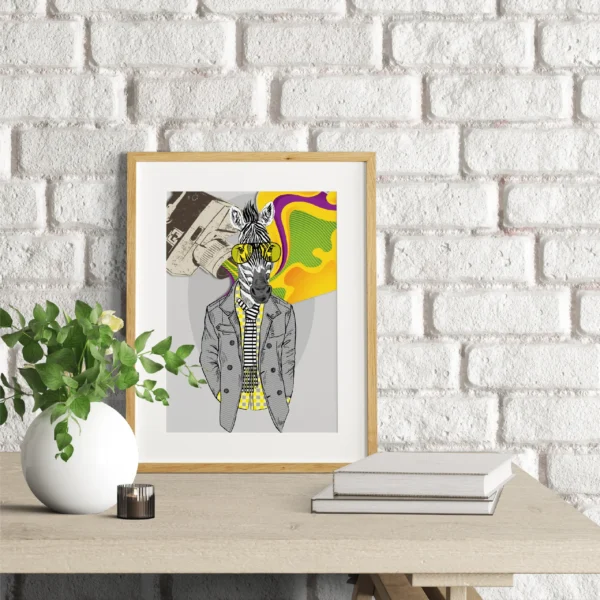
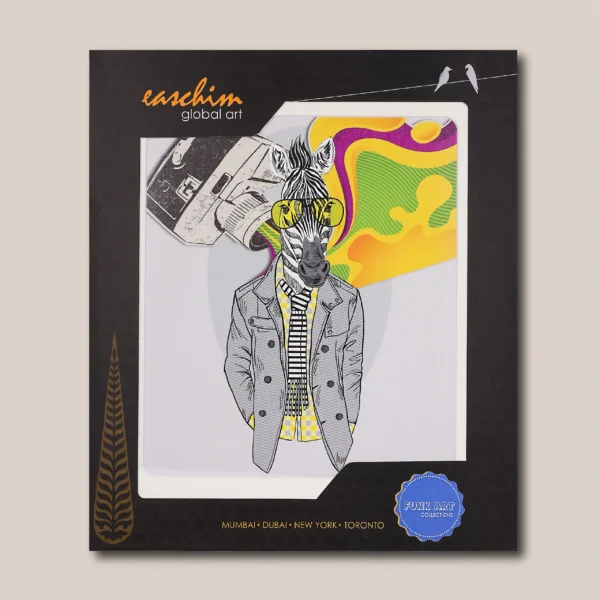


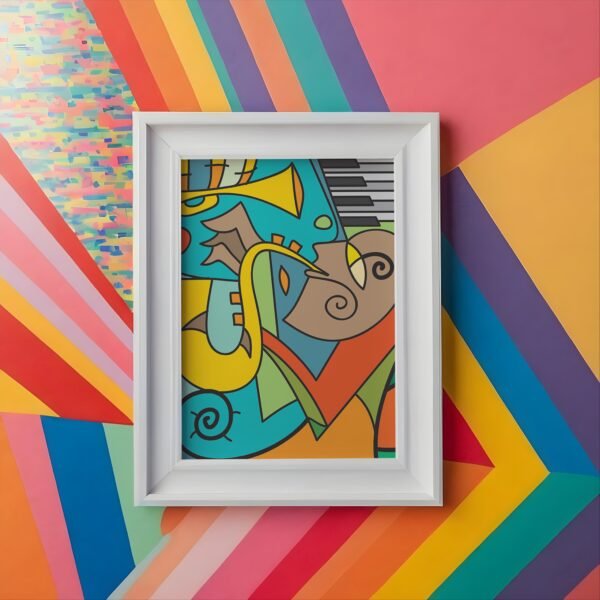
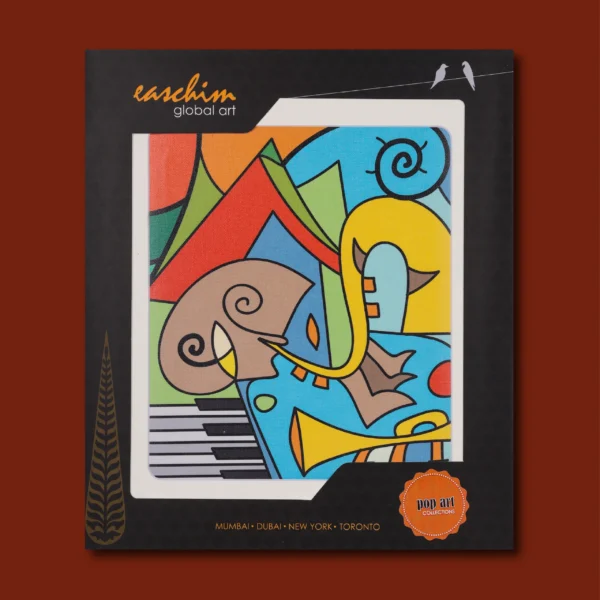
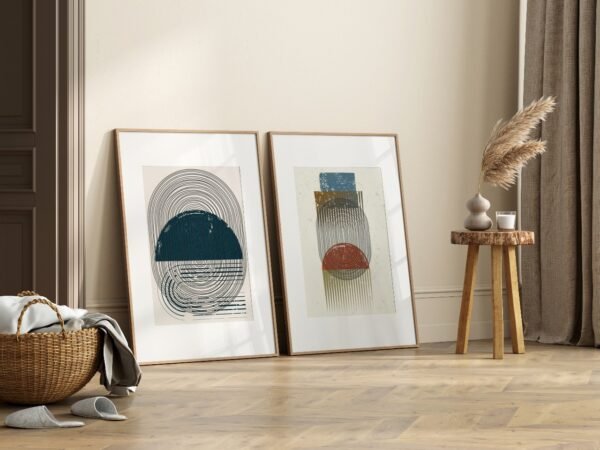
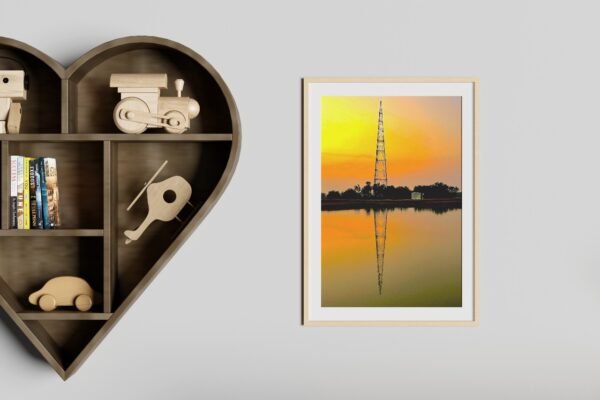

Reviews
There are no reviews yet.